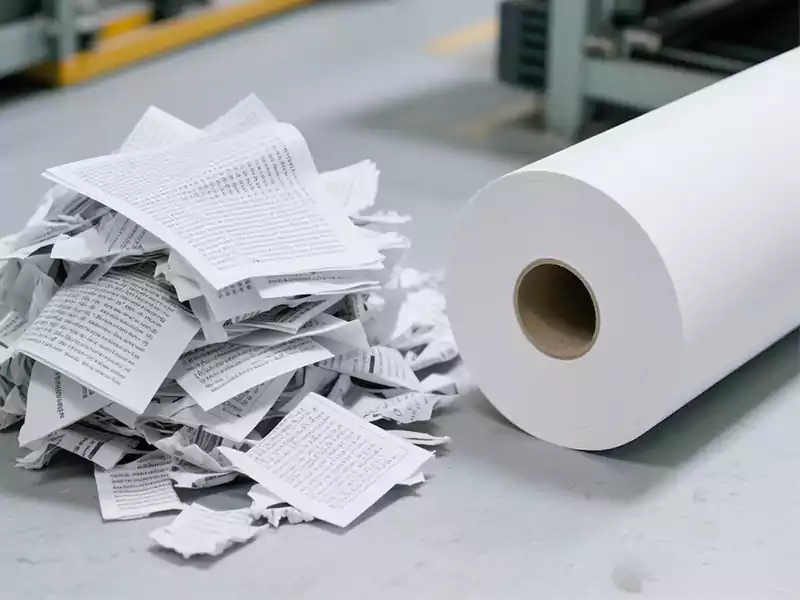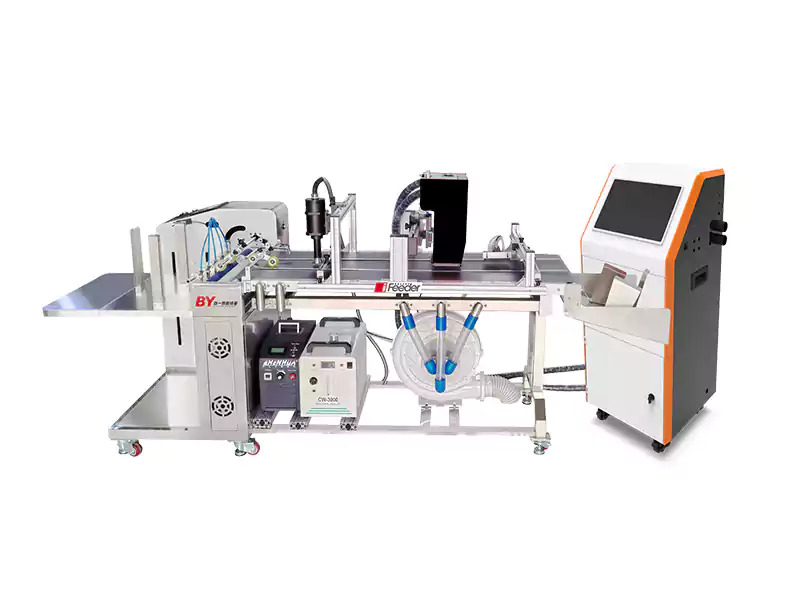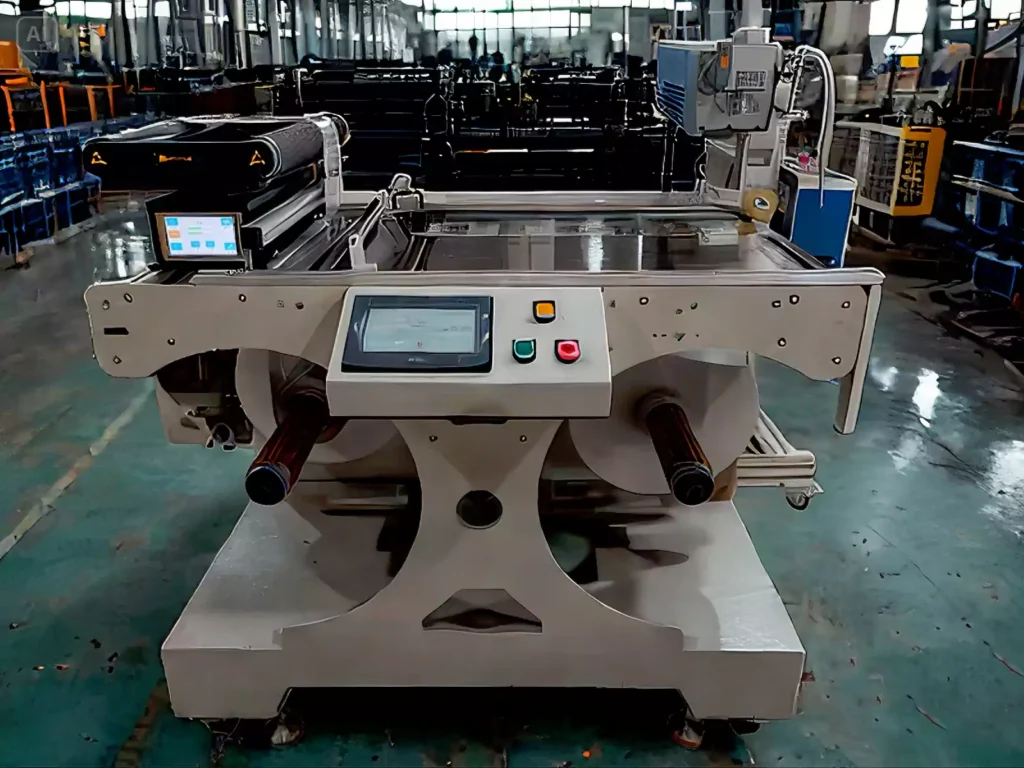In flexographic printing, the quality of the printing plate is paramount to the final output. A worn or damaged plate can result in poor print resolution, ink slurring, and material waste. In this article, we’ll explore the key indicators of a bad flex plate, the impact on your production line, and how integrating a high-performance friction feeder can help maintain consistent quality and uptime.

Common Signs of a Bad Flex Plate
In flexographic printing, the condition of your flex plates directly impacts print quality and production efficiency. Early detection of plate degradation or manufacturing flaws can prevent costly downtime and reprints. Below are critical indicators of a compromised flex plate, from subtle detail erosion to visible physical damage, along with actionable diagnostic insights. Monitor these five symptoms to maintain precision in your prints:
- Loss of Detail and Resolution: When fine lines and halftones appear blurred or broken, it’s often due to plate wear or improper manufacturing. Inspect the plate under magnification for uneven relief height.
- Ink Smearing and Slurring: Over-ink transfer is a clear warning. The plate may have improper depth or surface contamination if printed edges are fuzzy or ink pools at line ends.
- Dot Gain Variations: Unexpected increases in dot size (dot gain) lead to darker prints and can indicate plate swelling or damage from excessive exposure.
- Uneven Ink Coverage: Look for light spots or streaks. These may be caused by plate distortion or debris between the plate and the anilox roll.
- Plate Cracks and Tears: Physical damage along the edges or surface of the plate will show up as streaks or missing image areas.

Causes of Plate Deterioration
Flexographic plate deterioration stems from operational oversights and environmental factors that cumulatively erode performance. Address these four primary degradation accelerators before they escalate:
- Excessive Plate Usage: Every printing cycle wears down elastomeric relief structures. Prototype studies show relief height can drop by up to 10 µm after 100,000 impressions, leading to subtle dot gain shifts that accumulate over high-volume runs.
- Improper Storage: Exposure to humidity and UV light can warp or degrade photopolymer plates. Field tests indicate that plates stored above 60% relative humidity can swell by 2–3% in volume within two weeks, altering image fidelity.
- Incorrect Mounting: Uneven mounting pressure causes localized wear and ink starvation. A torque-controlled mounting system can reduce misalignments by 75%, ensuring the plate-to-cylinder contact surface remains uniform.
- Contaminated Ink Systems: Dirt, fibers, and residual solvents can abrade the plate surface. In one survey, 40% of smear incidents traced back to foreign particles in the ink circuit, highlighting the need for routine inline filtration.
Why It Matters: By understanding not just what deteriorates your plate but how fast, you can schedule preemptive maintenance cycles. Implement wear-tracking software or integrate smart sensors on your press to log plate condition metrics and trigger alerts when predefined thresholds are crossed.
Impact on Production Efficiency
Substandard printing plates pose multifaceted challenges to manufacturing efficacy, not merely compromising output integrity but destabilizing procedural continuity. The recurrent necessity for plate modifications precipitates operational delays, diminishing throughput velocity while escalating labor expenditures. Concurrently, registration inaccuracies generate systemic material attrition—wasted substrates, film layers, and pigmented resources, thereby inflating operational expenditure thresholds. Most detrimentally, subpar printed deliverables risk corroding brand equity through client dissatisfaction, potentially necessitating costly remediation orders and eroding market credibility. This cascading inefficiency trajectory ultimately jeopardizes both profitability and sustainable production ecosystems.

Preventative Measures and Best Practices
Proactive plate management transforms erratic wear patterns into predictable, optimized lifecycles. Prioritize these core operational pillars to shield your plates from avoidable degradation:
- Regular Inspections: Implement a magnified visual checklist before each shift.
- Controlled Storage Conditions: Use a climate-controlled cabinet to preserve plate integrity.
- Proper Cleaning Protocols: Employ dedicated plate-cleaning solutions and lint-free wipes.
- Precise Mounting Systems: Invest in digital plate mounters to ensure uniform pressure.
Role of Friction Feeders in Plate Quality Control
Integrating a high-precision friction feeder into your flexo press line enhances consistency at every stage:
Accurate Sheet Feeding: Eliminates misfeeds that can cause plate misregistration.
Consistent Pressure Application: Uniform feed pressure reduces plate slippage, preserving relief details.
Reduced Manual Handling: Automated feeding minimizes contact, lowering contamination risk.
Scalable Speeds: Our friction feeders support speeds up to 120 meters/min, matching high-speed production demands.

Next Steps
Monitoring flex plate health is critical for maintaining print quality and operational efficiency. By combining rigorous inspection protocols with our advanced friction feeder solutions, manufacturers can achieve reliable, high-speed flexo printing with minimal waste.
Ready to optimize your flexographic press? Contact our team today to schedule a demo of the BY Series and discover how precise sheet feeding can protect your plates and elevate your print quality.




